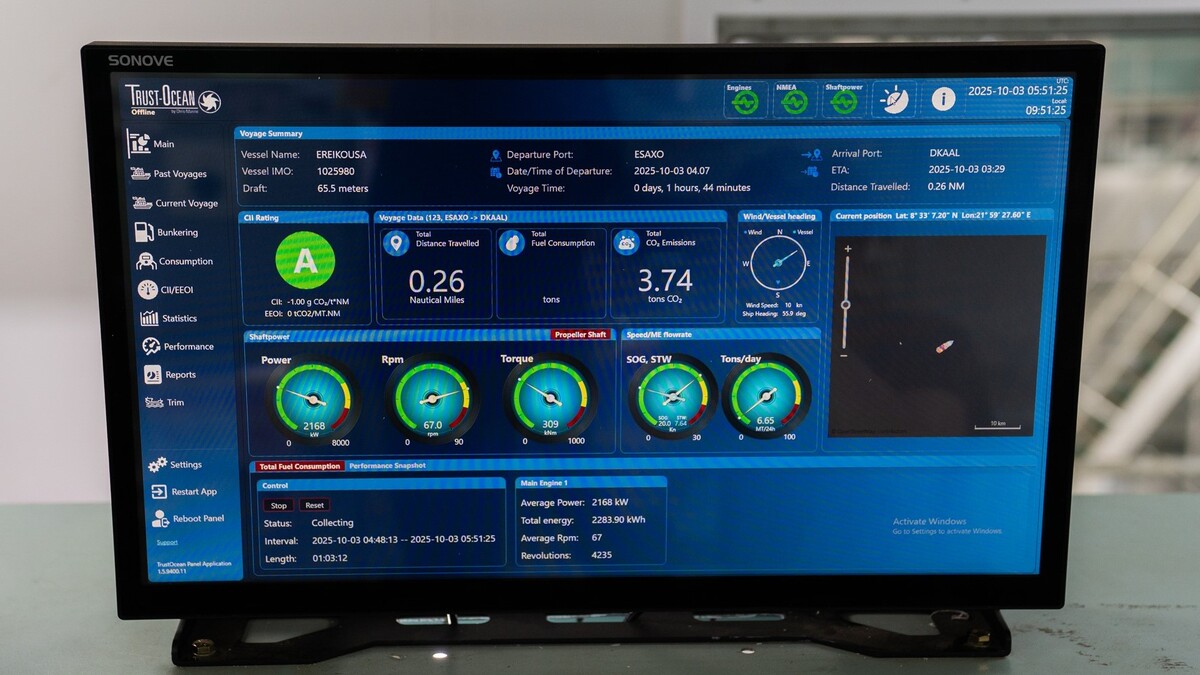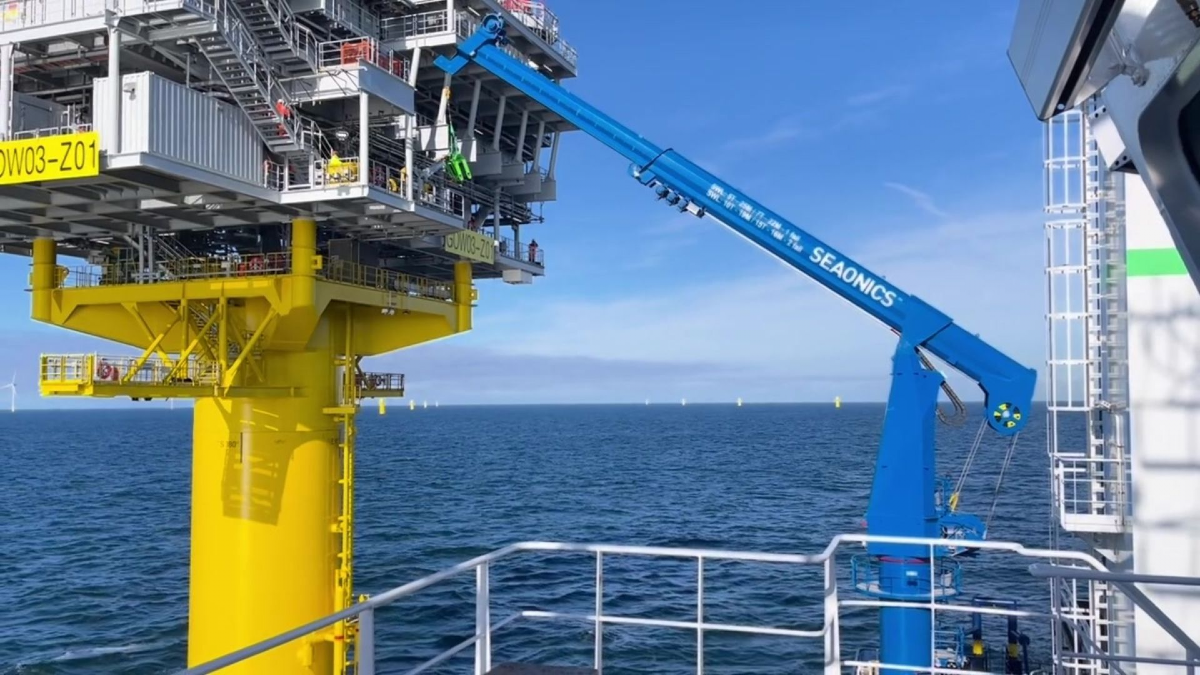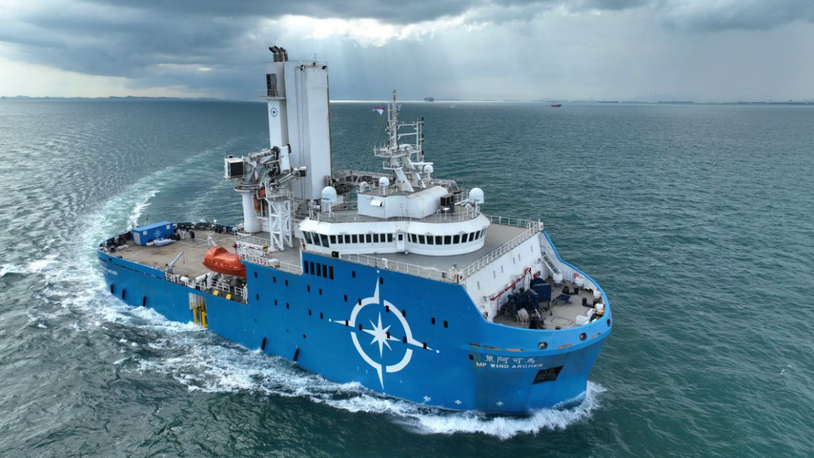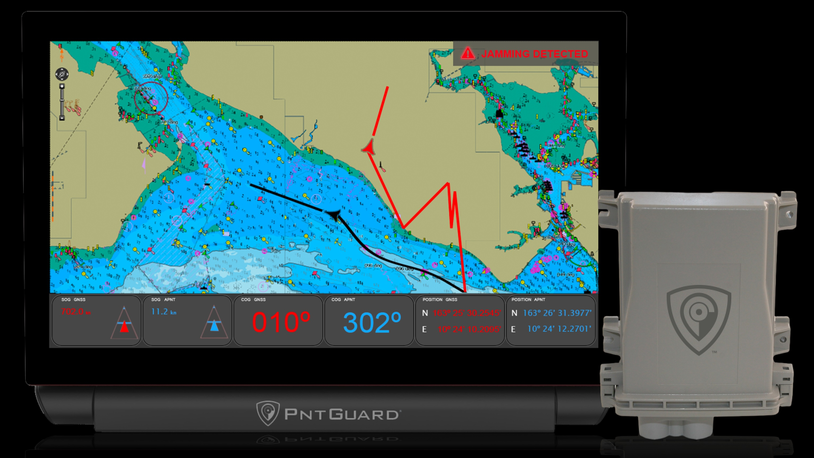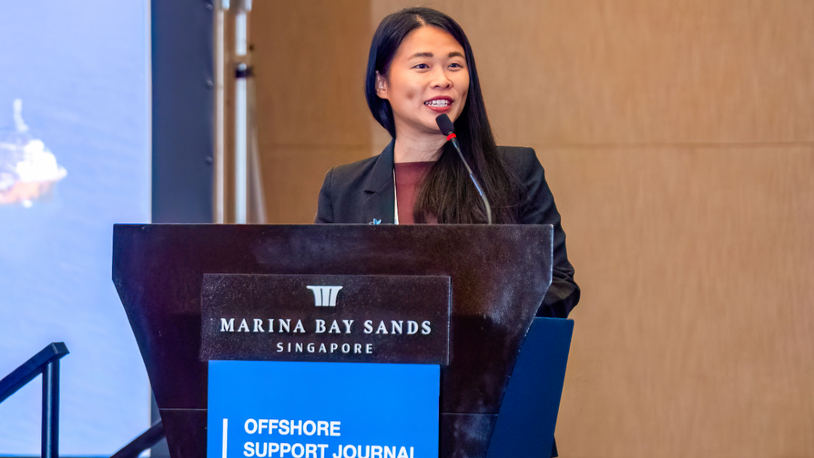Business Sectors
Events
Ship Recycling Webinar Week
Contents
Register to read more articles.
Using AI, digitalisation and connectivity to create smart offshore vessels
Digitalisation is creating smart offshore support vessels, with artificial intelligence enabling autonomous deck machinery to be used and enhanced fuel and engineroom monitoring
Developments in artificial intelligence (AI), digitalisation and connectivity are enabling owners to monitor fuel consumption and emissions, produce vessel reports, and it will soon be used to operate critical machinery autonomously. These developments will require high levels of offshore connectivity through hybrid communications networks using satellite constellations and 4G/5G.
These advances were described at length during a technical session on the first day of Riviera’s Annual Offshore Support Journal Conference, Awards & Exhibition, held 4 February 2025.
At the end of the session, Seaonics sales manager for offshore energy, Bjørnar Huse, described how AI is enabling automatic operation of gangways and cranes.
He said AI is “revolutionising offshore handling equipment” while mutli-layered neural networks are assisting in “problem solving and advanced decision making”.
He expects the next generation of gangways will have AI packages to recognise optimal and safe landing positions on offshore platforms. AI will also help crane operators to safely transfer cargo to offshore energy production facilities, said Mr Huse. "We are looking at how to test AI models and re-engineer what is happening in the control systems.” This involves hardware-in-the-loop and people-in-the-loop testing on simulators and hands-on testing.
Digital Ocean is applying AI and machine learning to smart vessel chartering, crew management and predictive maintenance in the coming months to enhance operations and business opportunities while lowering the risk of machinery failures.
“We are setting up tools to digitalise ship and company processes, with cloud-based and web-based applications,” said Digital Ocean chief commercial officer Remy Ausset.
“On smart chartering, we have been working with ADNOC to identify vessels for chartering – to ensure they have the right equipment, cranes, capacities and certifications,” he said.
“Smart crewing will manage crew schedules and compliance and seafarer availability with an AI assistant coming in the next few weeks,” Mr Ausset added.
"On predictive maintenance, based on data from sensors, we are partnering with hardware providers and Bureau Veritas for planned maintenance, managing spares, maintenance costs, safety and compliance.”
Dipai has developed technology to use AI and machine learning for more effective data analytics in a digital fleet platform for enhanced operations and maintenance. This uses sensor data from engines, thrusters, navigation equipment, machinery loads, tank levels and fuel consumption to gain a “big picture of performance analytics, and to automatically detect operational modes” which are used for fuel and emissions reporting and “data-driven insights” said Dipai chief executive Andre Listou Ellefsen.
In his presentation, he described several use cases including comparing manual crew reporting and operational data on a platform supply vessel in Q1 2024; a dynamic machinery baseline, using AI to indicate most favourable machinery configurations; comparing vessel performance before and after hull and propulsion cleaning; and condition-based maintenance on construction support vessels.
Ascenz Marorka is using AI to monitor fuel consumption, engine and propulsion performance, and condition-based maintenance.It is working with several oil majors to monitor fuel use on ships in various global regions to gain a better understanding of consumption and crew behaviour, said Ascenz Marorka head of customer success management, Serena Lim.
AI is also used to monitor bunkering, provide information on speed optimisation and understand various vessel operations and modes, she added.
All these technologies require communications between offshore vessels, shore and cloud-based applications, which requires reliable connectivity, said Inmarsat Maritime vice president for offshore, Eric Griffin.
To ensure this communications remains reliable, Inmarsat has introduced NexusWave, a fully managed service offering secure connectivity with no limits. This service combines Inmarsat geostationary orbiting Global Xpress satellites for Ka-band and L-band communications with Eutelsat OneWeb low-Earth orbit satellites and long-term evolution (LTE) coastal and offshore networks where available. This offers “unlimited data and unthrottled data usage in fully managed services” said Mr Griffin. He said this will soon be augmented by ViaSat-3 satellites.
Sign up for Riviera’s series of technical and operational webinars and conferences:
- Register to attend by visiting our events page.
- Watch recordings from all of our webinars in the webinar library.
Related to this Story
Events
Ship Recycling Webinar Week
International Bulk Shipping Conference 2025
Tankers 2030 Conference
Maritime Navigation Innovation Webinar Week
© 2024 Riviera Maritime Media Ltd.

